
Copernical Team
Benchmark Space Systems expands global production to meet rising propulsion system demand
 With its Halcyon propulsion systems playingpivotal roles in key military and commercial space missions this year, Benchmark Space Systems has announced it has tripled its team from 30 to 83 and boosted its 5-year production capacity to one-thousand engines - all in the last twelve months to meet rapidly rising demand for its mission-proven thrusters.
Benchmark has booked more than 250 engi
With its Halcyon propulsion systems playingpivotal roles in key military and commercial space missions this year, Benchmark Space Systems has announced it has tripled its team from 30 to 83 and boosted its 5-year production capacity to one-thousand engines - all in the last twelve months to meet rapidly rising demand for its mission-proven thrusters.
Benchmark has booked more than 250 engi NASA successfully launches mega Moon rocket
 NASA launched the most powerful rocket ever built on a journey to the Moon on Wednesday, in a spectacular blaze of light and sound that marked the start of the space agency's new flagship program, Artemis.
The 32-story tall Space Launch System (SLS) blasted off from the storied Kennedy Space Center in Florida at 01:47 am (0647 GMT).
"We are going," tweeted the space agency.
Fix
NASA launched the most powerful rocket ever built on a journey to the Moon on Wednesday, in a spectacular blaze of light and sound that marked the start of the space agency's new flagship program, Artemis.
The 32-story tall Space Launch System (SLS) blasted off from the storied Kennedy Space Center in Florida at 01:47 am (0647 GMT).
"We are going," tweeted the space agency.
Fix Artemis I launch
 Video:
00:02:53
Video:
00:02:53
The Space Launch System (SLS) rocket with the Orion spacecraft aboard lifted off at 07:47 CET from NASA’s Kennedy Space Center in Florida, USA on 16 November 2022.
The most powerful rocket ever built sent NASA’s Orion spacecraft and ESA’s European Service Module (ESM) to a journey beyond the Moon and back. No crew will be on board Orion this time, and the spacecraft will be controlled by teams on Earth.
ESM provides for all astronauts’ basic needs, such as water, oxygen, nitrogen, temperature control, power and propulsion.
Much like a train engine pulls passenger carriages and supplies power,
Antenna to link up CubeSat chains
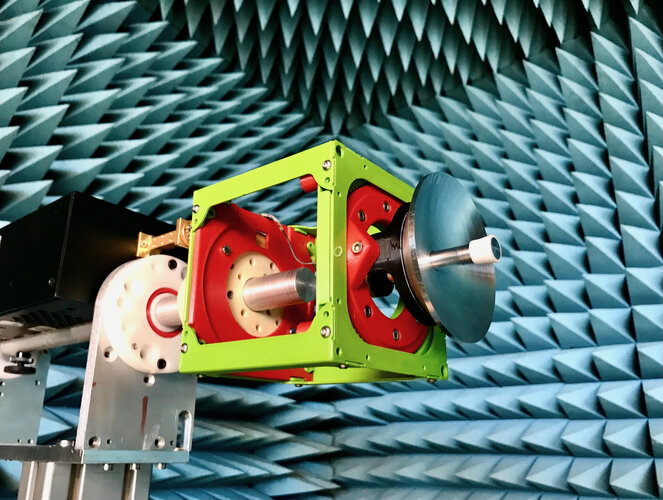 Image:
Antenna to link up CubeSat chains
Image:
Antenna to link up CubeSat chains Experts Available to Discuss NASA Webb Telescope Science Results
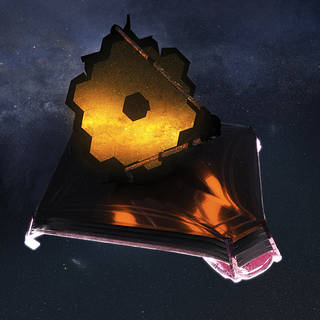 Experts from NASA and other institutions will be available by teleconference at 11 a.m. EST on Thursday, Nov. 17, to answer media questions about early science results from the agency’s James Webb Space Telescope.
Experts from NASA and other institutions will be available by teleconference at 11 a.m. EST on Thursday, Nov. 17, to answer media questions about early science results from the agency’s James Webb Space Telescope. It'll be tough to stop an asteroid at the last minute, but not impossible, study claims
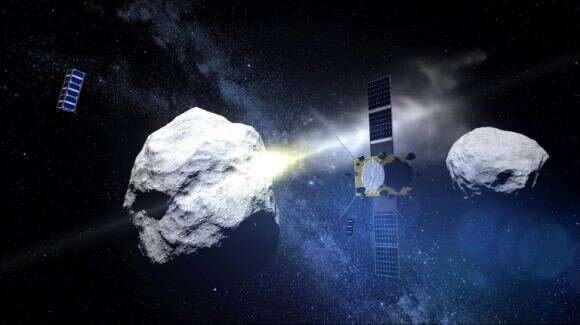
On September 26, 2022, NASA's Double-Asteroid Redirect Test (DART) made history when it rendezvoused with the asteroid Didymos and impacted with its moonlet, Dimorphos. The purpose was to test the kinetic impact method, a means of defense against potentially-hazardous asteroids (PHAs) where a spacecraft collides with them to alter their trajectory. Based on follow-up observations, the test succeeded since DART managed to shorten Dimorphos' orbit by 22 minutes. The impact also caused the moonlet to grow a visible tail.
However, as Hollywood loves to remind us, there are scenarios where a planet-killing asteroid gets very close to Earth before we could do anything to stop it.
EXPLAINER: NASA's new mega moon rocket, Orion crew capsule
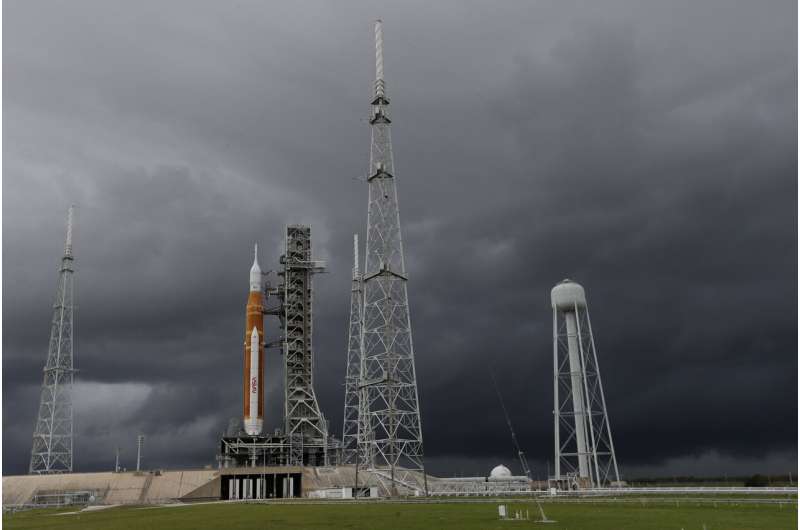
NASA is kicking off its new moon program with a test flight of a brand-new rocket and capsule.
Liftoff was slated for early Wednesday morning from Kennedy Space Center in Florida. The test flight aims to send an empty crew capsule into a far-flung lunar orbit, 50 years after NASA's famed Apollo moonshots.
The project is years late and billions over budget. The price tag for the test flight: more than $4 billion.
A rundown of the new rocket and capsule, part of NASA's Artemis program, named after Apollo's mythological twin sister:
Researchers ready for a new space mission to shed light on Brazil's vexing GPS problem
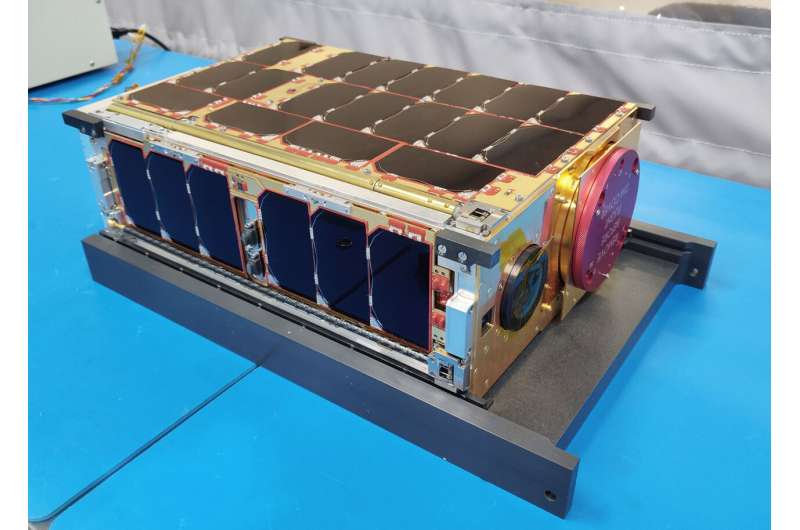
In certain regions of Brazil, don't be surprised if your GPS device behaves erratically. For years, researchers have been scratching their heads, looking for a solution to the unreliable GPS signals in regions near the Amazon. The cause? Plasma bubbles in space.
Next week, NASA will launch a joint U.S.-Brazil satellite that will be deployed from the International Space Station, with scientific instruments developed by Utah State University (USU) and collaborators. The goal of the mission is to investigate plasma bubbles that form high in the ionosphere over the equator.
Charles Swenson, a professor of electrical and computer engineering at USU, has worked with Brazil's Instituto Tecnológico de Aeronáutica for years, developing the satellite and researching answers to why this area of the globe is so highly affected by the space weather phenomenon.
How NASA's Deep Space Network supports the agency's missions
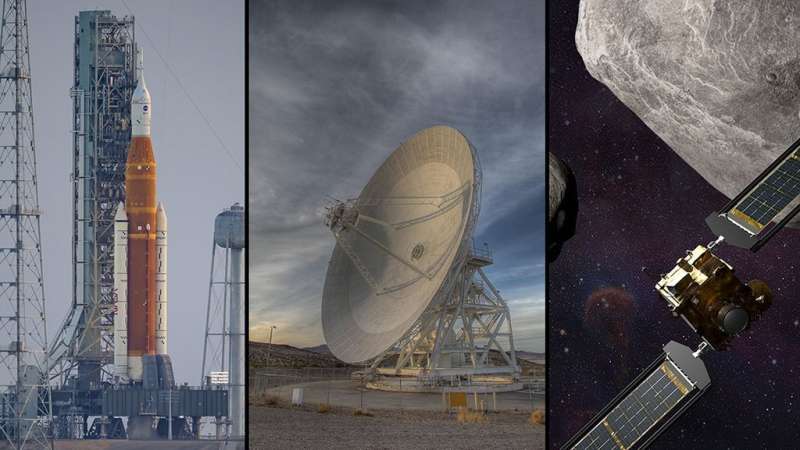
Over 50 years ago, NASA captured the world's imagination and inspired generations with the Apollo 11 moon landing. NASA's then-young Deep Space Network (DSN) was crucial to tracking and communicating with that mission, as it will also be essential to NASA's next push to the moon: Artemis.
Martian dust storms churn up Earth-like clouds
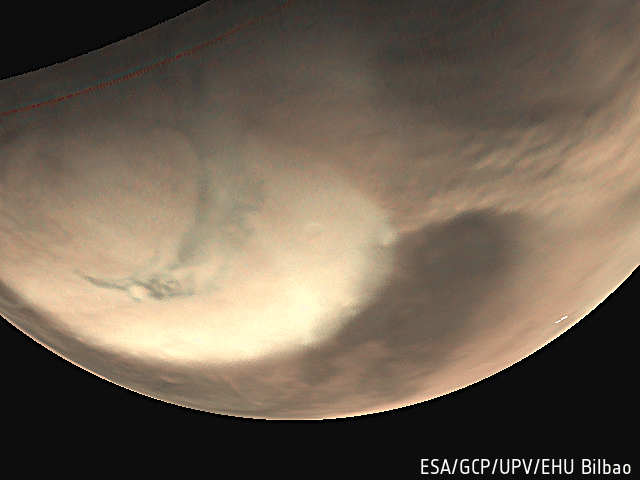
ESA’s Mars Express has revealed that Mars churns up surprisingly Earth-like cloud patterns that are reminiscent of those in our planet’s tropical regions.

